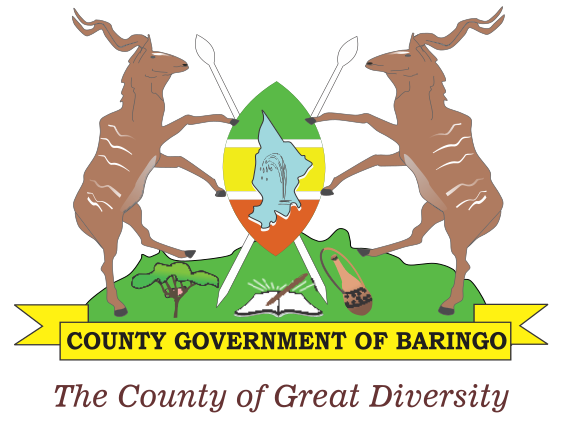The Department of Livestock Production is responsible for the management and conservation of the genetic resource base, development of appropriate policy and legal framework, development of county and national marketing networks, value addition in livestock products, processing and agribusiness, quality assurance for livestock feeds and collaboration with research institutions and other stakeholders in technology development and provision of extension services. To carry out these functions, the department is structured into four divisions namely:
-
Animal production division: This division focuses on dairy and beef production, sheep and goats, non-ruminants, livestock feeds and breeding. It also takes care of extension management, gender equity mobilization, extension information and publications, research extension liaison and food security.
-
Range management division: This offers services in pastoralism and ranching, rangeland resource monitoring and camel production.
-
Livestock marketing and value addition division: This is responsible for livestock information management, livestock market coordination and value addition of livestock and livestock products. It will also be in charge of monitoring and evaluation of projects.
-
Apiculture and emerging livestock division that is responsible for offering services in beekeeping, quality assurance of bee products and emerging livestock.
Department of Veterinary Services:
The Department of Veterinary Services is charged with the implementation, monitoring and evaluation of animal health related strategies, policies and legal framework; management, control and eradication of animal diseases and pests including zoonoses.
It is also responsible for laboratory diagnostic services and disease surveillance; provision and facilitation of extension services in animal health, welfare and production; maintenance of infrastructure.
Other activities include development and co-ordination of projects and programs in the animal health sector; information management; and regulation, inspection and quality control of inputs, live animals, animal products and by-products.
All these functions are done in collaboration with other stakeholders.
To achieve this mandate, the department is divided into 4 divisions namely:
-
Animal diseases & pest control.
Controls and eradicates epizootic notifiable diseases, vectors such as tsetse and ticks in collaboration with stakeholders in addition to facilitating and regulating trade in animals and animal products.
-
Diagnostics, quality assurance & bio safety.
Undertake disease diagnosis, epidemiological surveys, quality assurance of veterinary inputs and acquiring, testing and adopting new technologies.
-
Food safety & animal by products
Ensures safety of food of animal origin and promotes value addition and marketing of hides and skins
-
Breeding, extension & animal welfare
Regulates the provision of animal breeding and veterinary extension services. It is also responsible for promotion of animal welfare
